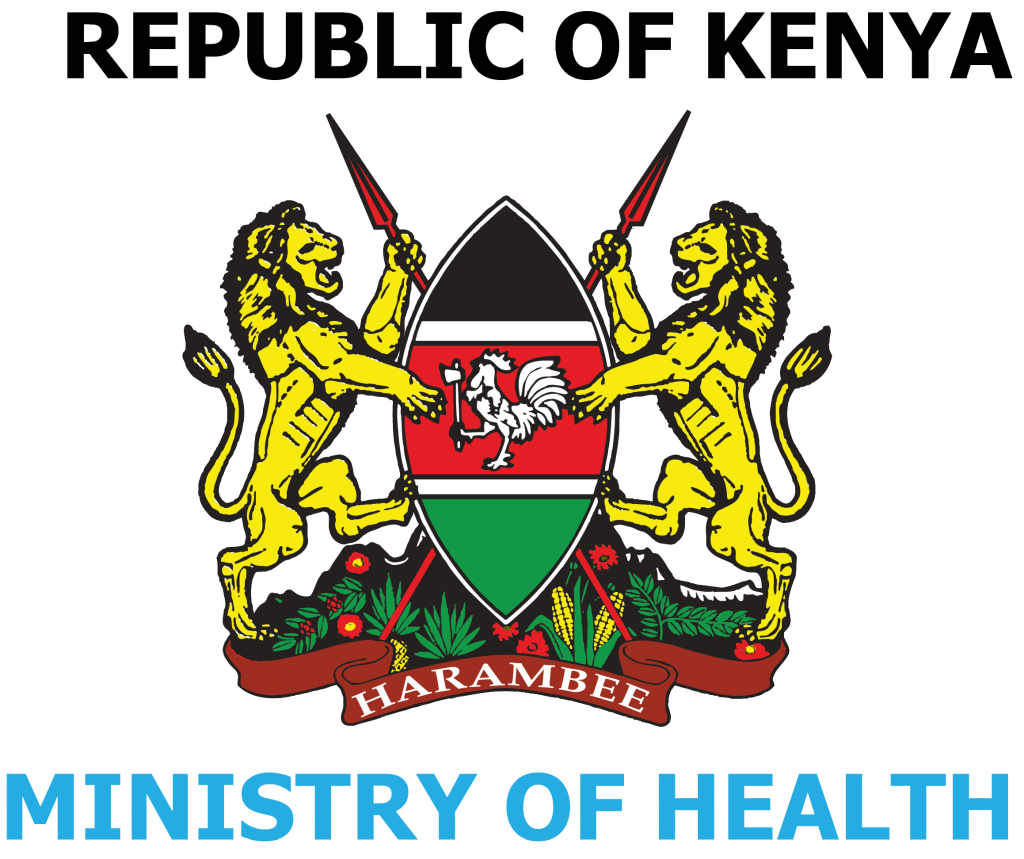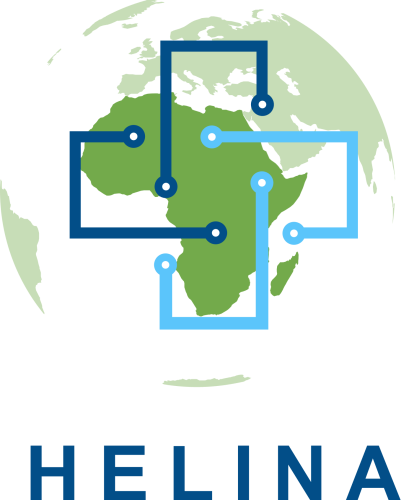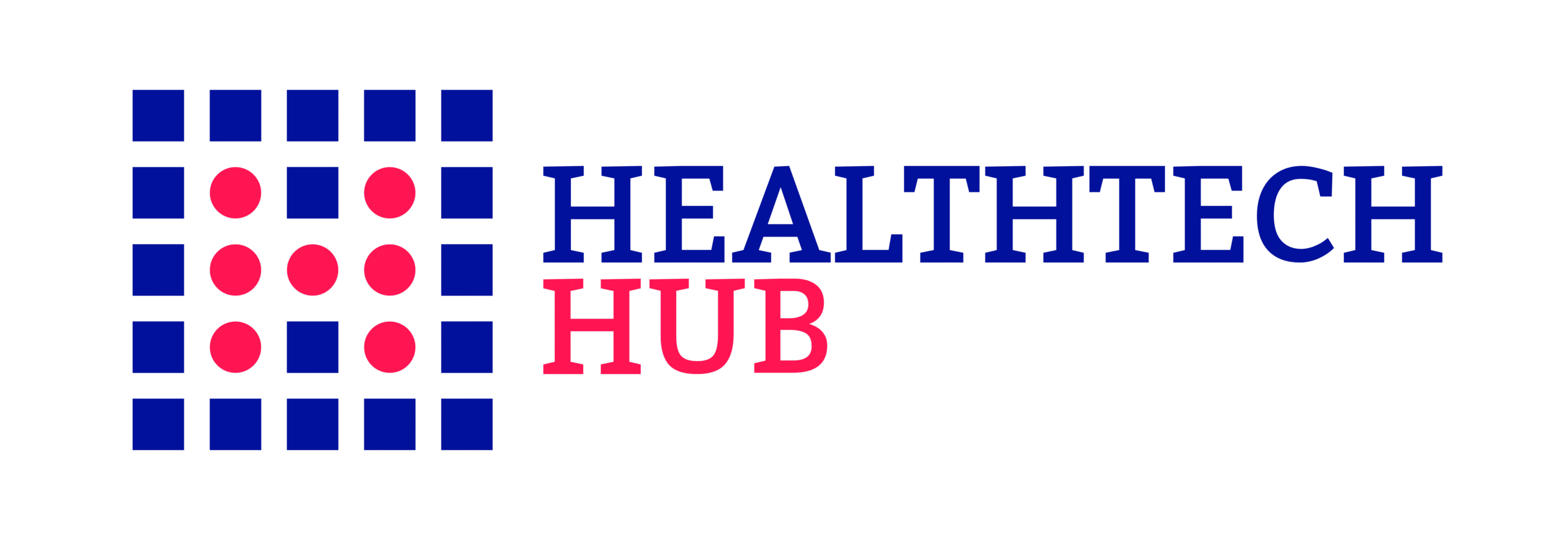InfoAFYA™ Signal: AI-Powered Community Feedback for Primary Health Systems
InfoAFYA™ Signal is a scalable community feedback infrastructure that lets households and CHVs report service issues (e.g., stockouts, mistreatment, delays) through everyday channels like SMS or WhatsApp.
Reports are interpreted, organized, and routed to county teams for timely action, linked to existing response procedures so problems move from “heard” to handled.
Community-Led Insights, Digitally Amplified
At DPE, we believe that communities should not only receive health services, they should help shape them.
InfoAFYA™ Signal transforms traditional Community-Led Monitoring (CLM) into a digital, AI-powered feedback infrastructure that captures real-time insights from citizens, CHVs, and health workers.
By complementing existing health data systems rather than duplicating them, Signal helps counties and ministries understand why service gaps occur and respond faster.
Every report – whether about a stockout, delay, or act of care – becomes actionable intelligence for a more accountable, people-centered health system.
Key Benefits
- Real-time visibility: Surface service gaps quickly and spot patterns early.
- Faster resolution: Route issues to the right team with clear follow-up steps.
- Community trust: Give people a safe, simple way to be heard and see results.
- Lower program costs: Replace ad-hoc hotlines and paper logs with a structured, repeatable process.
- Equity insights: Track who is affected, where, and how often to inform fair resource allocation.
Why Health Leaders Use It
- Practical for low-tech settings: Works on basic phones and through CHV touch points.
- Built for the public sector: Mirrors approval flows, Standard Operating Procedures (SOPs), and accountability needs.
- Standards-ready: Designed for interoperability and clean hand-offs to existing systems.
- Two-way by design: Pairs naturally with InfoAFYA™ (household messaging) to create a full feedback loop.
From report to resolution
Common questions from health teams about InfoAFYA™ Signal
What kinds of issues can be reported?
Service availability, supply gaps, wait times, referral delays, respectful care concerns, and accessibility barriers, among others.
How are reports prioritized and routed?
Issues are grouped by theme, location, and urgency, then sent to the responsible unit with clear next steps aligned to existing procedures. It’s all customizable.
Who owns the data?
Data ownership follows public-sector and partner agreements. DPE treats program data as the partner’s, with use limited to agreed purposes.
How is AI used and who’s accountable?
AI helps categorize and summarize reports; human reviewers and designated managers remain in control of decisions and approvals.














